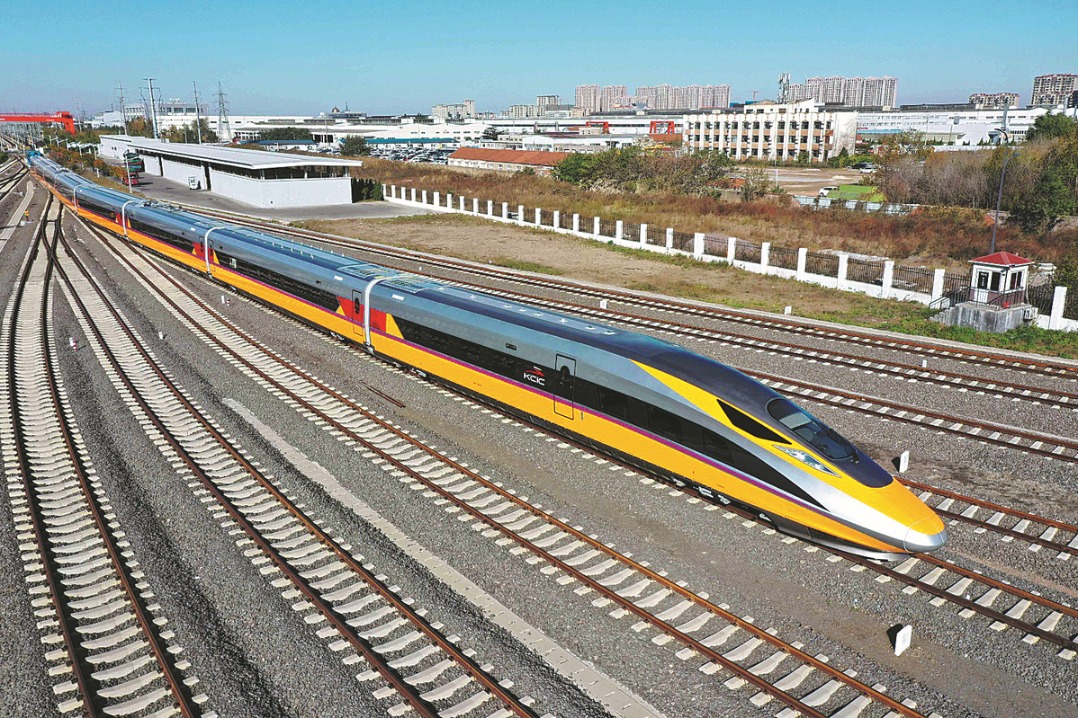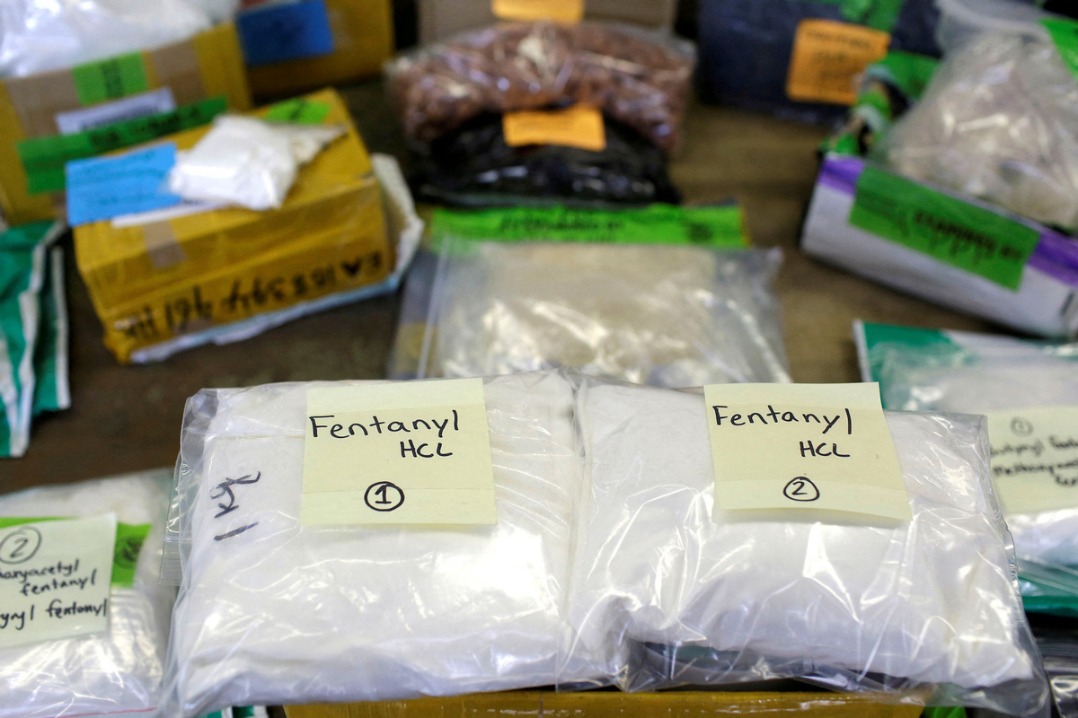Sustainable Development of Transport in China

IV. Modernization of Transport Governance
China is the largest developing country in the world. The complexity and rapid development of its sizable transport sector have created difficulties in managing the industry. Based on national conditions and drawing on international experience, China has devoted serious effort to modernizing its transport governance. Through reform and innovation, the country has unleashed the vitality of technology and market, increased efficiency and facilitated the high-quality development of the industry.
1. Reforming the Transport Governance System
Basing itself on the present while focusing on long-term development, China has reformed its comprehensive transport management and improved related laws and regulations. At present, a unified, open, competitive and orderly transport market is in place, and a transport governance system that meets the needs of the country's development in the new era has been steadily improved.
Upgrading comprehensive management. With the focus on advancing supply-side structural reform and improving transport governance, China has furthered reform of the management institutions and mechanisms. As part of the "large government departments" reform in 2013 to optimize administrative functions, a basic institutional framework was formed under the Ministry of Transport, which brought the National Railway Administration, Civil Aviation Administration of China and State Post Bureau under its management. The country has advanced corporate reform of the China Railway Corporation and the China Post Group Corporation. The two companies, restructured into China State Railway Group Co., Ltd and China Post Group Co., Ltd, have established a modern corporate governance structure and a modern state-owned enterprise system with Chinese characteristics. Reform has been accelerated at the provincial level, and most provinces have begun to put in place comprehensive transport management institutions or operational coordination mechanisms.
As National Railway Administration and China State Railway Group Co., Ltd were set up, separation of government administration from the management of enterprises was achieved in the railway sector. Reform of the civil aviation institutions and mechanisms for airport public security, pricing, investment access, and air traffic control is proceeding in a well-planned manner. Reform of the postal service has been proceeding steadily, with improved supporting measures for postal reform.
China has steadily promoted reform of administrative law enforcement by reorganizing and streamlining law enforcement teams and their functions. A comprehensive administrative law enforcement system that is authoritative and efficient, balances powers with responsibilities, and features effective regulation and high-quality service is now in place. The country has established a basic mechanism for comprehensive transport planning and coordination, which helps the connection and balanced development of railways, highways, waterways, civil aviation and postal services.
Thanks to these reforms, China has further modernized its capacity for transport governance by optimizing the institutions and mechanisms for comprehensive development, integrating different modes of transport, and boosting driving forces from within the industry.
Developing law-based government departments for transport. Implementing the Xi Jinping Thought on the Rule of Law in developing law-based government departments, China has exercised the rule of law in all aspects of transport, including planning, construction, operation, management and workplace safety, providing a solid guarantee for building China's strength in transport. A system for law-based government administration has taken shape, and the working mechanisms for legislation, supervision over law enforcement, administrative review and response to lawsuits, and public education on the law and the rule of law have gradually improved. The government has stepped up the pace to introduce legislation on railways, highways, waterways, civil aviation and postal services, and as a result a broad framework of laws and regulations is now in place.
Focusing on major national strategies and areas relevant to the industry, China has formulated and revised key laws and regulations on railways, highways, maritime traffic safety, ports, waterways, civil aviation, and postal services. China has also promulgated and revised urgently needed provisions and measures for ensuring safe navigation when overwater and underwater activities take place, and for standardization in the transport industry, and has progressively overhauled normative documents.
Advancing reforms to improve the business environment. China has remained problem-oriented, accelerated the transformation of government functions, furthered reforms to streamline administration, delegate power, improve regulation and upgrade services, and continued to improve the business environment. It has gradually relaxed restrictions on market access in the transport sector, removed unreasonable and unnecessary fines and inspections, and established catalogues of fees charged to enterprises. Tax and fee reduction policies have been implemented to lower logistics costs. The government has strengthened in-process and follow-up oversight, cleared intermediary services from the list of items of administrative examination and approval, and furthered reform in the business sector.
Oversight conducted through the random selection of both inspectors and inspection targets and the prompt release of results has been implemented. China has made use of information technologies such as big data, cloud computing and internet of things to promote the nationwide parallel licensing system for interprovincial heavy cargo. It has also accelerated the establishment of a new market supervision mechanism based on credit, coordinated the regulation of new business forms, and created innovative and integrated online and offline regulation models to make the market environment fairer and more orderly.
China has improved administrative approval services regarding transport, and enabled access to government services via a single website to make it easier for people to get their problems solved by one single department and with one-stop service, thus significantly improving the efficiency of public services.
Reforms designed to streamline administration, delegate power, improve regulation, and upgrade services have optimized the business environment, stimulated the vitality of the transport sector, raised the efficiency of government services, and promoted the healthy development of the industry.

































